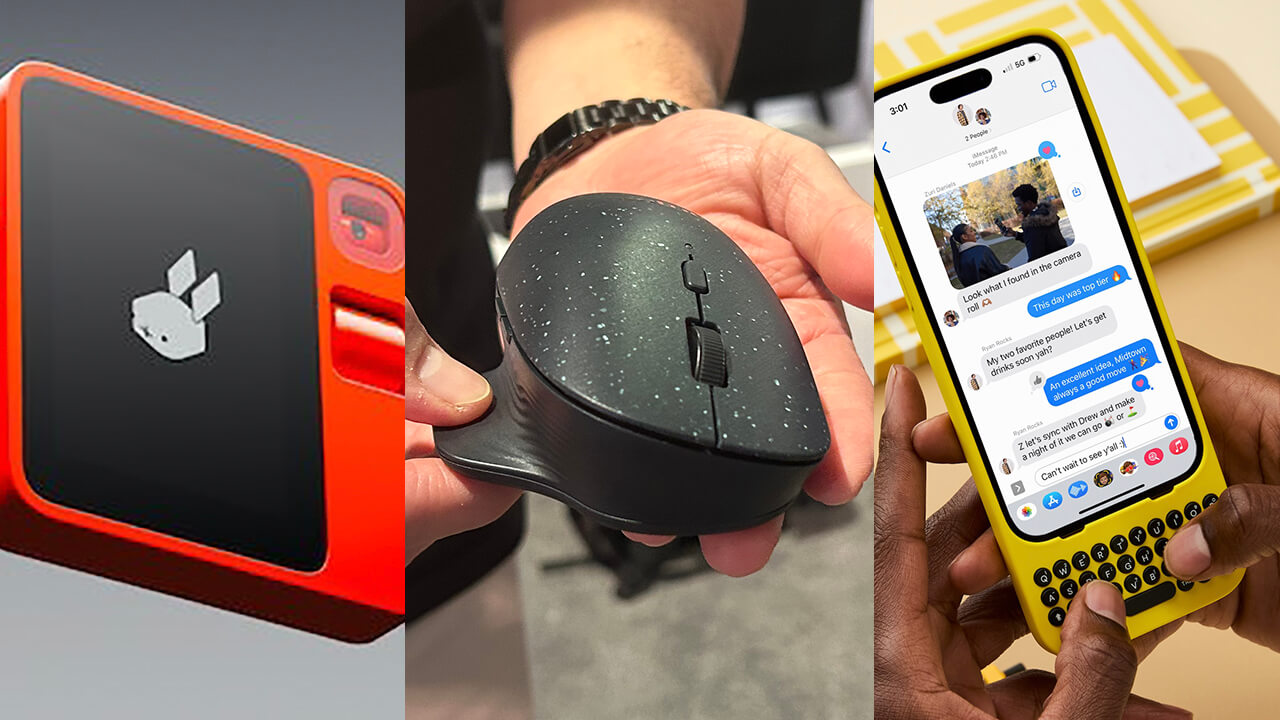Introduction:
Be it the curtain goes down on CES 2024, the globe’s largest consumer electronics fair, or its time to reflect on trends which have ruled this year’s show. In an incredible whirl of cutting-edge technology and futuristic odds and ends, one observation strikes home – despite all the talk about artificial intelligence (AI), 2024 was not the year for AI gadgets as a category.

The Promise of AI Gadgets:
Over the past decade, AI has been lauded as the catalyst of a-tech revolution. It promises to transform every aspect of our life by means of smart automation, personalized services and embedding into our daily activities with a sliky smooth touch. From smart-home equipment to autonomous vehicles, the potential applications of AI seemed limitless and captured the imaginations of consumers and industry leaders alike.
Anticipation vs. Reality:
Nevertheless, a glance back at CES 2024 sees that the flood of AI gadgets is not living up to expectations based on previous years. Ad- mittedly, there were some striking AI-powered devices on show, such as virtual assistants , smart appliances and robots. However, the general tone of the proceedings was not so much breaking new ground in AI technology as making one small breakthrough after another along gradually rising parabollic lines.
Challenges and Limitations:
There are several reasons for the somewhat restrained appearance of AI gadgets at CES 2024. Firstly, the inherent complexity and ethical considerations of AI development present major problems for manufacturers. This means that progress will be slower and adoption more cautious. In addition, doubts about data protection, security and algorithmic bias have led to a Sprawling shade being cast over Al-powered devices, causing both regulators and consumers to proceed cautiously.

Shift in Focus:
Moreover, in view of the constant global challenges such as the COVID-19 pandemic, climate change and geopolitical tensions, people’s needs and the industrial focus had shifted even more towards solutions that met immediate needs and spoke to burning issues. And so at CES 2024, sustainability, connectivity and resilience were the dominant themes. This time AI was a bit of a support actor instead of taking center stage.
The Human Touch:
Possibly the biggest single lesson we take away from CES 2024 is the kind of affirmation which only human touch can bring to technology. Although AI does undoubtedly have great potential, it is only a tool. It’s a means to an end rather than an end in itself. The true mark of technological progress does not lie in intricate algorithms nor the capacities of machines, but rather how they can empower and enrich those lives which depend upon them.
Conclusion:
In Conclusion, CES 2024 may not have been the year when AI gadgets appeared in force. But it is an opportunity for us again to see the complex relationship between technology and human beings. As we continue to face up to the uncertainties of innovation’s ever-revolving landscape, we should not forget those basic principles which undergird progress: sympathy, inclusiveness, and a refusal ever notto strive for human-centered solutions.
FAQs (Frequently Asked Questions)

Q: Why didn’t AI gadgets dominate CES 2024?
A: The dominance of AI gadgets at CES 2024 likely resulted a mix of reasons: technological problems, moral considerations, changing priorities, and overall emphasis on innovation that’s human-centric.
Q: What were some notable AI-powered products showcased at CES 2024?
A: AI gadgets, while not entirely grabbing headlines, still managed to show off some noteworthy products. These included virtual assistants, smart appliances, robotics and AI-activated healthcare products.
Q: How do concerns about data privacy and security impact the adoption of AI gadgets?
A: As concerns about data privacy, security and algorithmic bias have arisen among both legislators and end-users, boards approach AI-like toys with caution; this also leads to lower acceptance rates for them and closer scrutiny of the AI technologies.
Q: What role does human-centric design play in the development of AI gadgets?
A: Human-centered design is essential to ensure AI gadgets meet users ‘requirements and preferences. Such an approach can help cultivate trust, people involvement and long-term adoption of this technology. If designers base their work on human needs and experiences, they can produce AI-driven products that truly improve quality of life.
Q: What can we expect in the future of AI gadgets?
A: Yet although the pace of AI gadget innovation may fluctuate, AI will continue to play an increasingly important role in defining the future of consumer electronics. As technologies progress and social attitudes change so it’s likely that we’ll see some of the more profound AI-powered products come up increasingly intelligent systems that are feasible, inclusive and in tune with human values.
